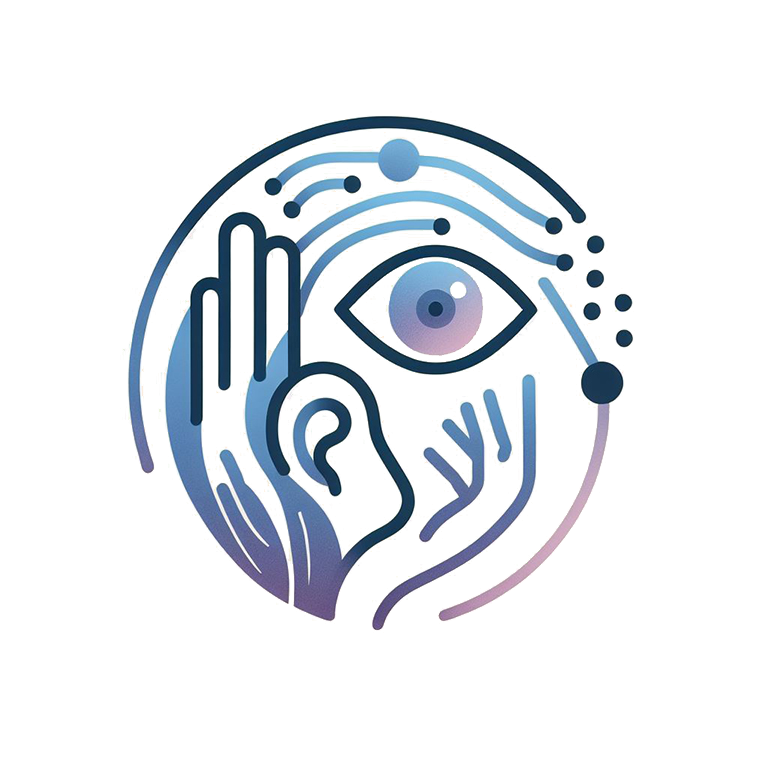Connection Research group - NTNU Community
- Trust and Democracy
- Social Inequality and Exclusion
- Restructuring of the Welfare State
- Climate Change and the Environment
- Just Transition
- Inclusive Housing and Places
- A Green Community
- Art
- Active Aging
- Saepmie
- Democratic Resilience
- Childhood and Youth
- Connection and Sustainable Welfare
- Global Mobilities
- Knowledge for Democracy and Citizenship
- Announcements
- Projects
- Events
- Contact
Connection - Research group
Connection - Research group
Update in progress.

A community is embodied by connection among its members. Inclusion in a community depends on connection via a shared means and system of communicative exchange. We are connected by a shared facility to see, hear, smell, taste and touch and exchange information by means of these senses. They are used in speech, emotion, mutual tastes, appreciation and reaction to scents, shared rhythm, and the arts, just to name a few. This contributes to the development of expectations which facilitate our daily activities (e.g., a ticking clock) and can be tweaked to stimulate interest (e.g., jazz). However, if the means for contact with others in the community is disrupted (e.g., reduced hearing or vision, neurological disease), connection between individuals can begin to break down and over time, this disruption may undermine trust, diminish empathy, and create barriers to meaningful interaction, ultimately affecting both personal relationships and broader social cohesion. In short, connection within a community makes a substantial contribution to life quality.
What if we could develop methods and leverage knowledge about our senses and the communicative systems to contribute to the maintenance of connection with a community? As an example, speech is a goldmine of information and modern technology (including AI) can assist with early detection of communication anomalies such that early intervention can facilitate maintaining social connection.
Our long-term goal is to contribute innovative scientific knowledge through interdisciplinary research, with a focus on the network of information that connects a community.
Projects
Projects
Speech Test for Early Parkinson's Symptoms - STEPS
Speech Test for Early Parkinson's Symptoms - STEPS
Parkison's disease (PD) is a progressive degenerative neurological condition affecting motor control. Early symptoms of PD include changes in speech due to altered fine motor and respiratory control which, in turn, are realised in acoustic speech signal. Thsi project investigates the poetenial use of acoustic variations in speech as potential early markers for Parkinson's diagnosis.
Team
Sara Martin
Dawn Behne
Yue Wang
Peter Svensson
Saurabh Garg
Ute Gabriel
Raul Martinez Fernandez
Activities
2025-2026 Funding for innovation through SU Faculty, NTNU
Hearing-Aid Development and Improvement - SOUNDS
Hearing-Aid Development and Improvement - SOUNDS
(About the project.)
Team
Activities
Influence of scent on hearing and vision - MULTISENSORY
Influence of scent on hearing and vision - MULTISENSORY
(About the project.)
Team
Activities
News
News
Vinay S. Nagary – Newly elected president of the European Federation of Audiology Societies
Innovation funding – STEPS
Mini calevent portlet
Activities
person-portlet
Coordinators
person-portlet
Members
-
Ute Barbara Gabriel Professor (Social Psychology)
+47-73591778 ute.gabriel@ntnu.no Department of Psychology -
Nina Jakhelln Laugen Associate professor
+47-73559505 +4745031397 nina.jakhelln.laugen@ntnu.no Department of Psychology -
Giampiero Salvi Professor
giampiero.salvi@ntnu.no Department of Electronic Systems -
Torbjørn Karl Svendsen Professor
+47-73591481 +4793080477 torbjorn.svendsen@ntnu.no -
Ulf Peter Svensson Professor
+47-73590546 peter.svensson@ntnu.no Department of Electronic Systems
